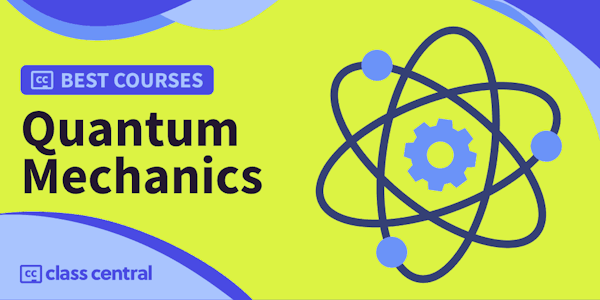Compact Representations of Excited States from QMC, as Data for Low-Energy Models
Institute for Pure & Applied Mathematics (IPAM) via YouTube
Overview
Explore a comprehensive lecture on obtaining compact representations of excited states from Quantum Monte Carlo (QMC) and their application in low-energy models. Delve into the advantages of variational Monte Carlo, various wave function ansatze, and the challenges of describing excited states. Learn about a novel penalty method for optimizing orbital, determinant, and Jastrow parameters independently for each state. Discover the density matrix downfolding technique for summarizing discrete excited states into effective models and interpolating QMC results to compute full spectra. Examine case studies including the hydrogen chain and bonzone molecule, and understand the fundamental principles behind model determination in quantum mechanics.
Syllabus
Intro
First principles to low energy
The challenge of in-between systems
Models, models, models.
State of the art in model determination
Fundamental principle
Tho standard method: hydrogen chain
Test system: hydrogen chain
Bonzone molecule: reproduction of experimental spectra
Taught by
Institute for Pure & Applied Mathematics (IPAM)

